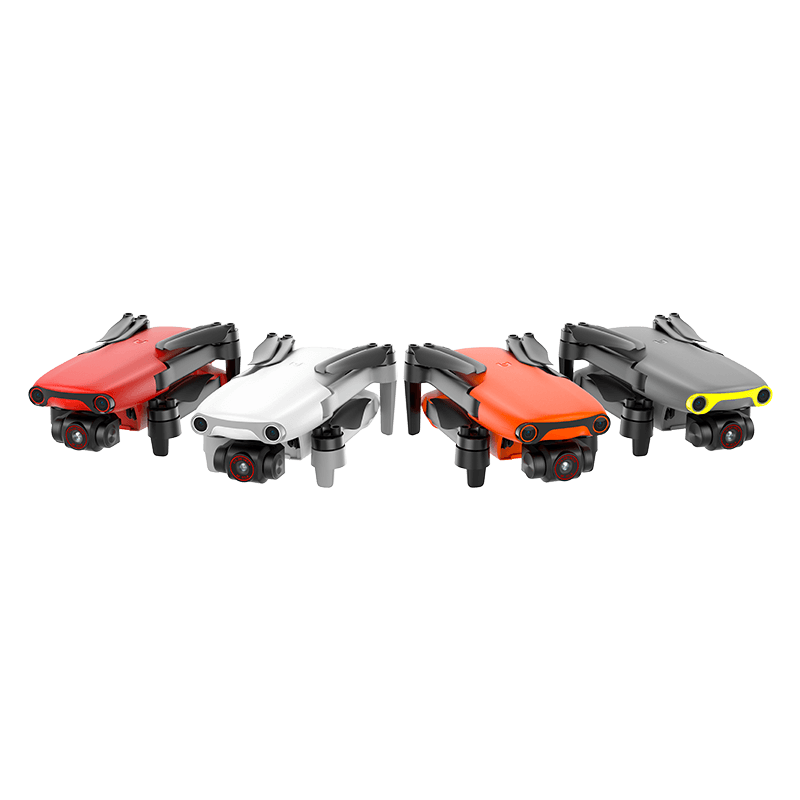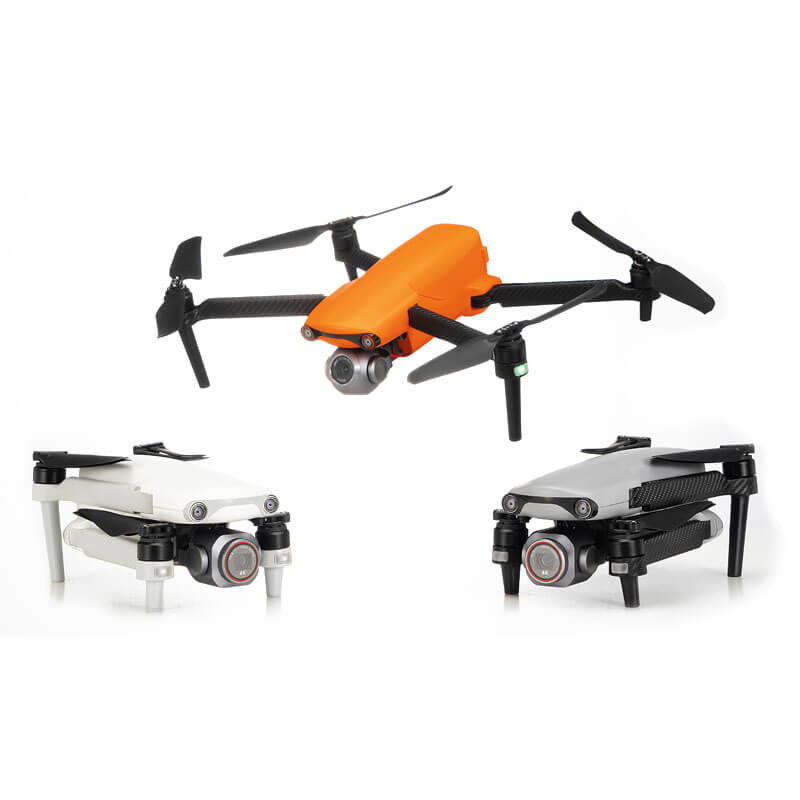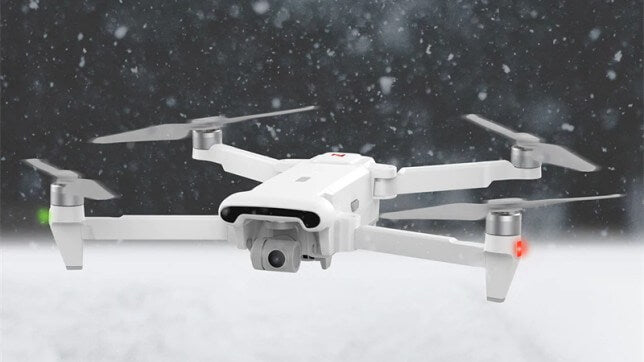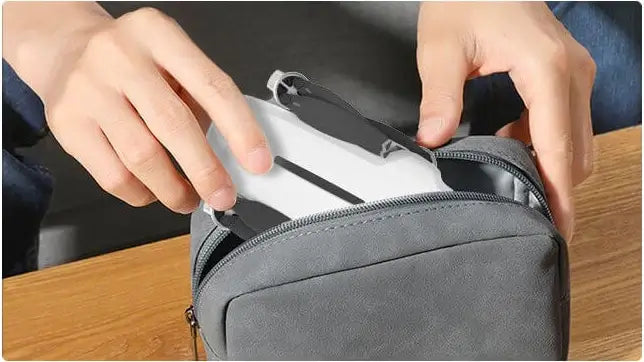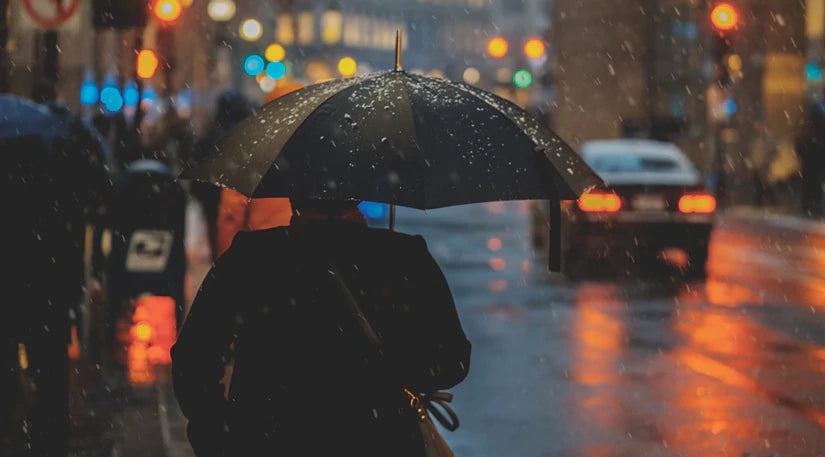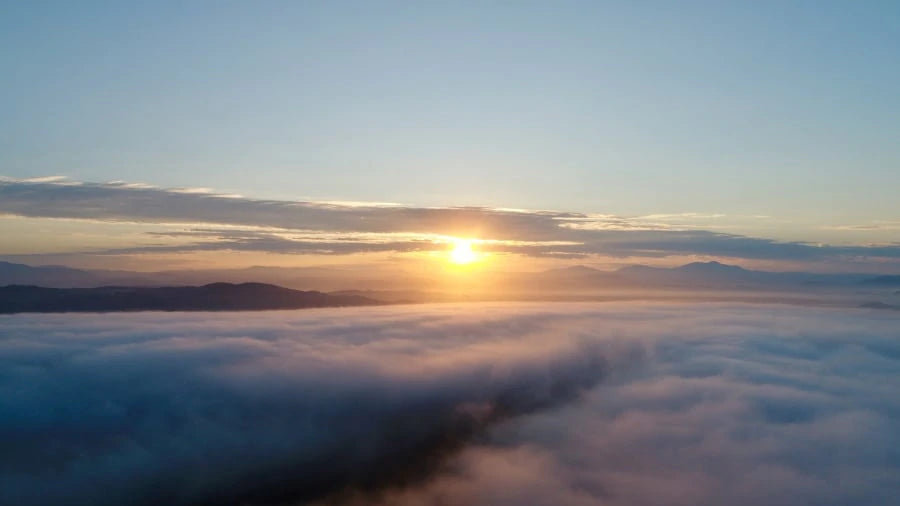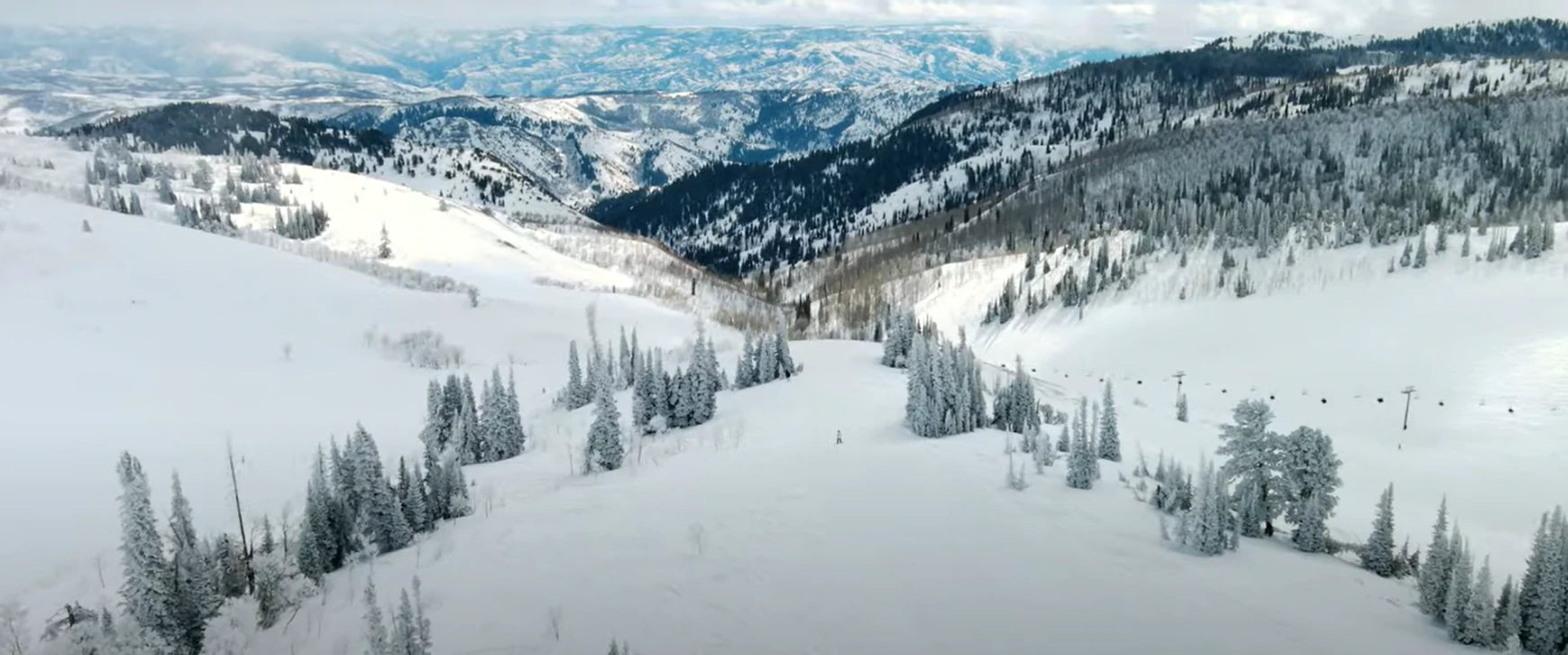As a sophisticated high-tech product, the drone has complex internal chip instruments and equipment, which strongly indicates that the drone should not be used in bad weather conditions. These include wind speeds over 10 m/s, snow, rain and fog.
What happens if I fly the drone in rain, fog or wet conditions?
Don't Risk Flying Your Drone in The Rain

Whether it's pure curiosity or unfortunate timing, you find yourself flying in the rain. Thousands of people are wondering what happens when you fly a drone in the rain. Some even experimented with their own planes.
If you ever try to fly your drone in the rain, prepare for the worst. Water volume, wind and other factors come into play in every situation. Despite the waterproof coating on the drone, we don't know how it will perform in the next few days/weeks after flying in the rain, as corrosion may have caused damage to internal components. Maybe some people were lucky enough to leave with an undamaged drone after flying in the rain for some reason. However, not everyone is like that.
Drone Photography In The Rain is Impossible
- Once you get a drop of water on your camera lens, any of your sharp photos is pretty much over.
- If there is a chance of rain in the forecast, proceed with caution and do not get too far from your location.
- If it starts to rain, try to fly backwards as water is less likely to be sucked into the mouth.
- When retrieving the drone, immediately turn it off and remove the battery.
Risks of Drones in the Rain:
- Risk of malfunction and increased crash risk if drone gets wet in the rain
- The battery could short out and catch fire, causing a crash
- Even when shooting in the rain, the lens has raindrops, which cannot be beautifully shot
Drones cannot be Exposed To Humidity for Long Periods of Time
Determine your best course of action based on how wet the drone is. If it's a drizzle, it's enough to leave the drone in a dry place for a while and remove the battery. If the drone gets soaked, you may want to throw away the battery, because it's not worth trusting a water-damaged lithium-polymer battery. Let the drone sit for a few days, then restart. Keep in mind that opening the drone in an attempt to dry out any saturated innards will void the warranty.
When it came to humidity, my initial thought was that prolonged exposure to humidity was the only problem. While doing research, I found that humidity can also interfere with radio signals, because atmospheric humidity affects the permeability of the atmosphere. Having said that, I haven't heard of anyone who can say with complete certainty that their weak signal is directly related to humidity. Presumably, humidity will be a factor in long-distance communications.
Do not Fly Drones in Fog with Poor Visibility
I was lucky my drone didn't suffer any damage when I was flying my Autel drone for just a few minutes in fog, fog may not pose an immediate threat like rain, but it should be taken seriously, fog With poor visibility around, we know flying beyond line of sight is a no-no for the FAA.
Autel EVO Lite+ Turns On Defogging Mode
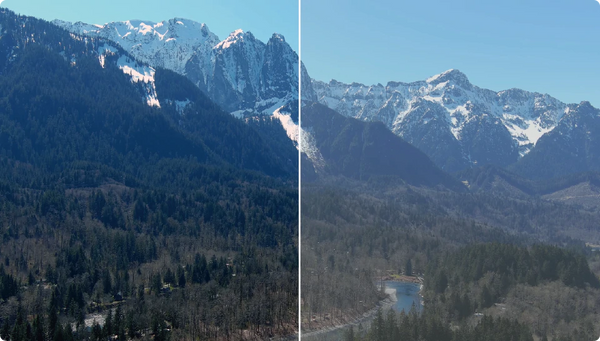
Whether you're flying over a shady mountaintop at dawn or hovering at the bottom of a waterfall, the EVO Lite+ drone lets you remove haze with fog penetration, automatically adjusting the camera's vibration settings so your footage looks crisp and clear.
Refuse To Fly Drones In Thunderous Weather
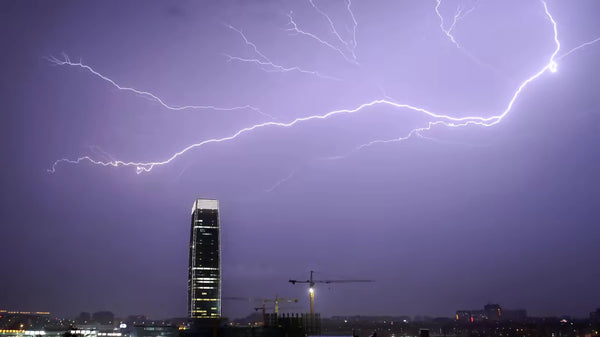
lightning! While highly unlikely, if you fly around lightning, your drone is highly likely to be hit because of its high magnetic field.
Every drone lover does not want their drones to suffer any damage, we should take care of our drones, of course, if you always want to challenge the impossible and recklessly fly you in extreme weather For drones, Autel's warranty doesn't cover man-made reasons, hope you think twice.

